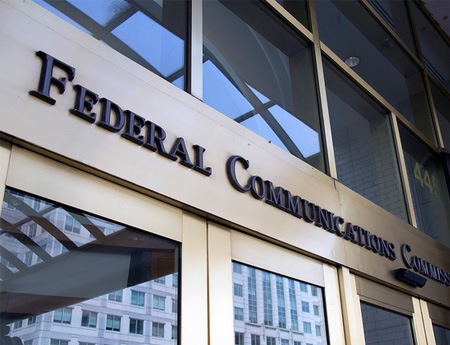Sources: FCC Dropping DRP in Incentive Auction

According to a source familiar with meetings June 17 between various spectrum auction stakeholders and FCC staffers, the FCC plans to drop dynamic reserve pricing (DRP), an approach to TV station pricing in the incentive auction that broadcasters had argued would artificially lower their payouts.
The FCC is also planning to stick with 30 MHz in the spectrum reserve for competitive carriers in the forward auction, rather than the 40 MHz some—notably T-Mobile—had been pushing for.
It will vote on the auction structure rulemaking proposal, as well as the spectrum holdings public notice, at the July 16 public meeting.
Broadcasters have also been given the signal that they will get more information about the auction within rounds, with the FCC letting them know how close they are to reaching the FCC's final price for their spectrum.
According to the source, while the dreaded DRP is dead, the FCC did not take the Expanding Opportunities for Broadcasters advice on how to replace it, or to give less weight to population covered when it came to calculating a station's price and value in the auction, as EOBC had suggested, though getting DRP off the table was a big plus.
The FCC staffers are said to have met with low power and full-power broadcasters to outline the proposals, as well as wireless carriers who will be bidding for the freed-up spectrum.
The items still have to be voted, so the deal is not yet, but these are the proposals FCC chairman Tom Wheeler has offered up, presumably with the votes to pass them.
The smarter way to stay on top of broadcasting and cable industry. Sign up below
"The proposal eliminates bidding procedures that many commenters believed were burdensome and could limit broadcaster participation," FCC Chairman Tom Wheeler blogged late Wednesday, though without saying specifically it was DRP that was being axed. "It also adopts a formula for opening bid prices that creates value for both broadcasters and American taxpayers," he continued. "The proposal responds to requests to make more information about bidding available to bidders before and during the auction. And it ensures that competitive wireless carriers and new entrants have a clear shot at adding sufficient low-band spectrum to their portfolios so that they can compete more effectively in both rural and urban areas."
That would be the 30 MHz of low-band spectrum being reserved for carriers other than Verizon and AT&T.
Contributing editor John Eggerton has been an editor and/or writer on media regulation, legislation and policy for over four decades, including covering the FCC, FTC, Congress, the major media trade associations, and the federal courts. In addition to Multichannel News and Broadcasting + Cable, his work has appeared in Radio World, TV Technology, TV Fax, This Week in Consumer Electronics, Variety and the Encyclopedia Britannica.

